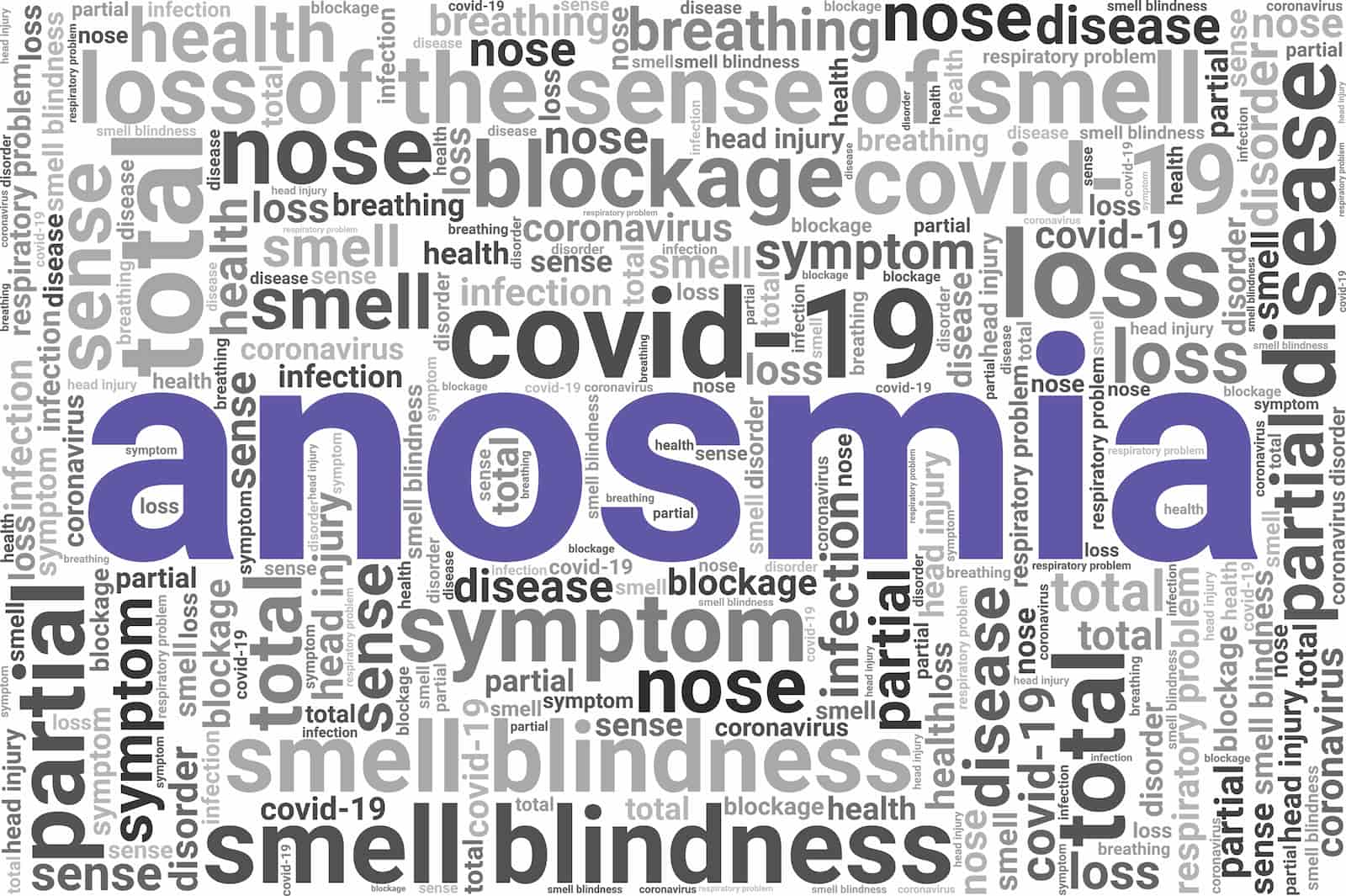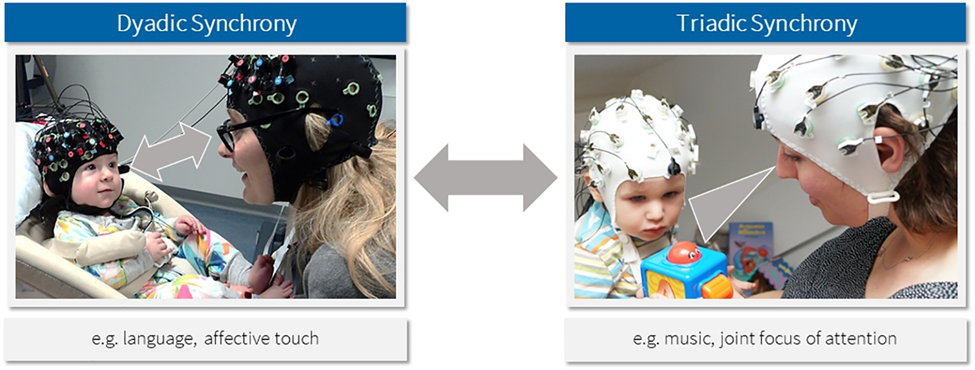Unleashing the Power of Sound:
In blind baseball, the absence of sight is compensated by an intensified reliance on sound. Imagine a game where the crack of a bat and the rhythm of footwork serve as the primary cues. Each player listens intently, using their exceptional auditory abilities to locate the ball, gauge its trajectory, and make split-second decisions. The way these athletes fine-tune their hearing and process sound is nothing short of remarkable.
Mastering the Art of Communication:
Teamwork is the lifeblood of blind baseball. Players communicate seamlessly with one another, using verbal cues and hand signals to coordinate their movements. Trust and collaboration are paramount as they navigate the field, pass information, and strategize their plays. The remarkable level of cohesion and unity displayed by these teams is awe-inspiring.
Adapting the Game:
Blind baseball introduces modifications to ensure fairness and accessibility. The pitcher, for instance, delivers the ball underhand, giving the batter a better chance to connect. The bases emit beeping sounds, guiding runners as they navigate the field. These adaptations, carefully designed to level the playing field, open up the game to individuals with visual impairments and enable them to experience the thrill of baseball.
Embracing Perseverance:
Blind baseball exemplifies the indomitable spirit of its players. Each individual has faced their unique set of challenges, but they refuse to let their limitations define them. Through countless hours of practice, determination, and a passion for the game, these athletes defy the odds and inspire others to pursue their dreams relentlessly.














